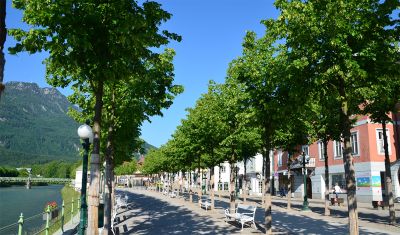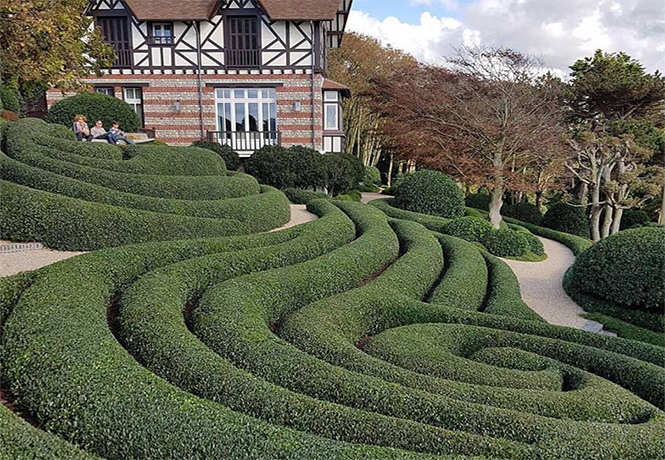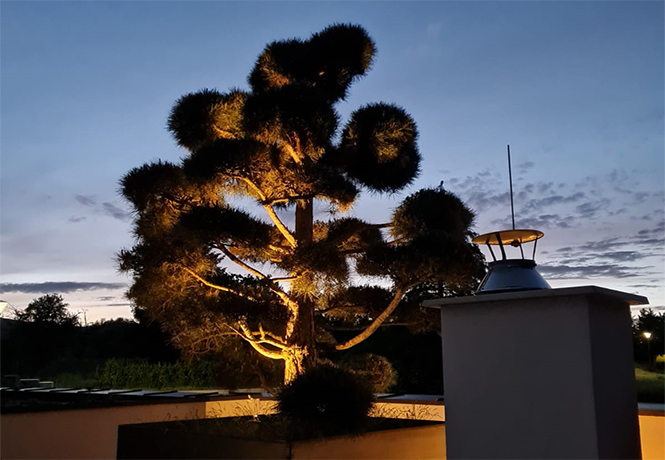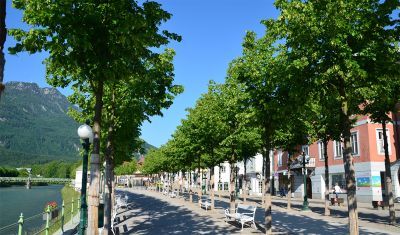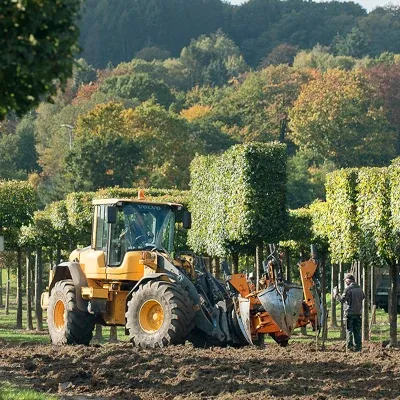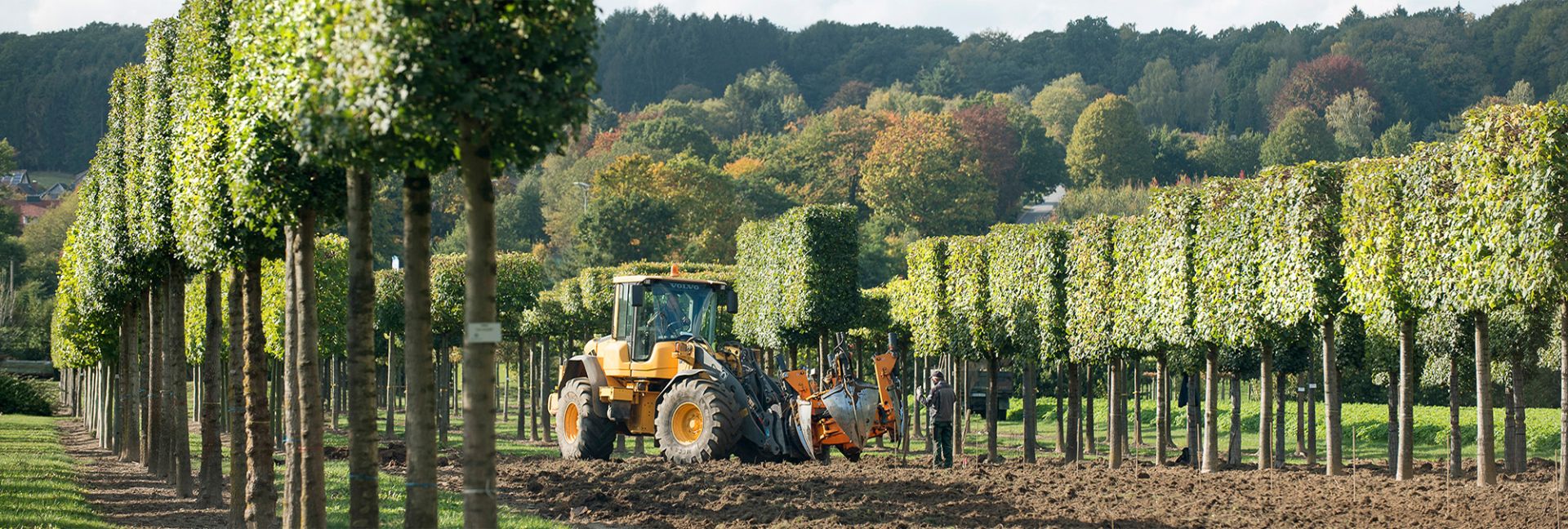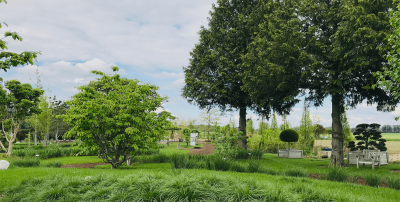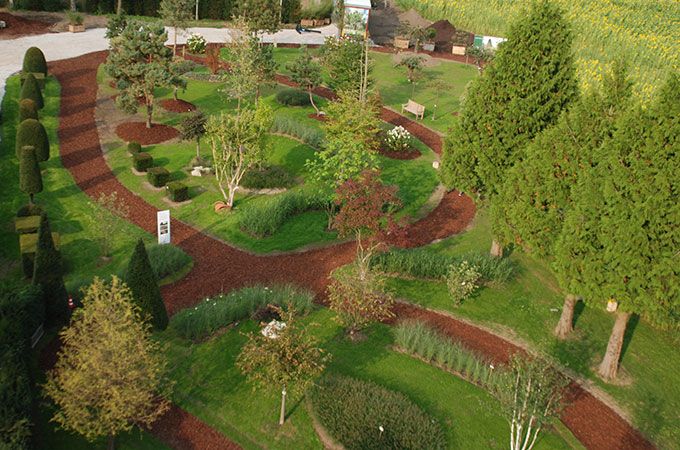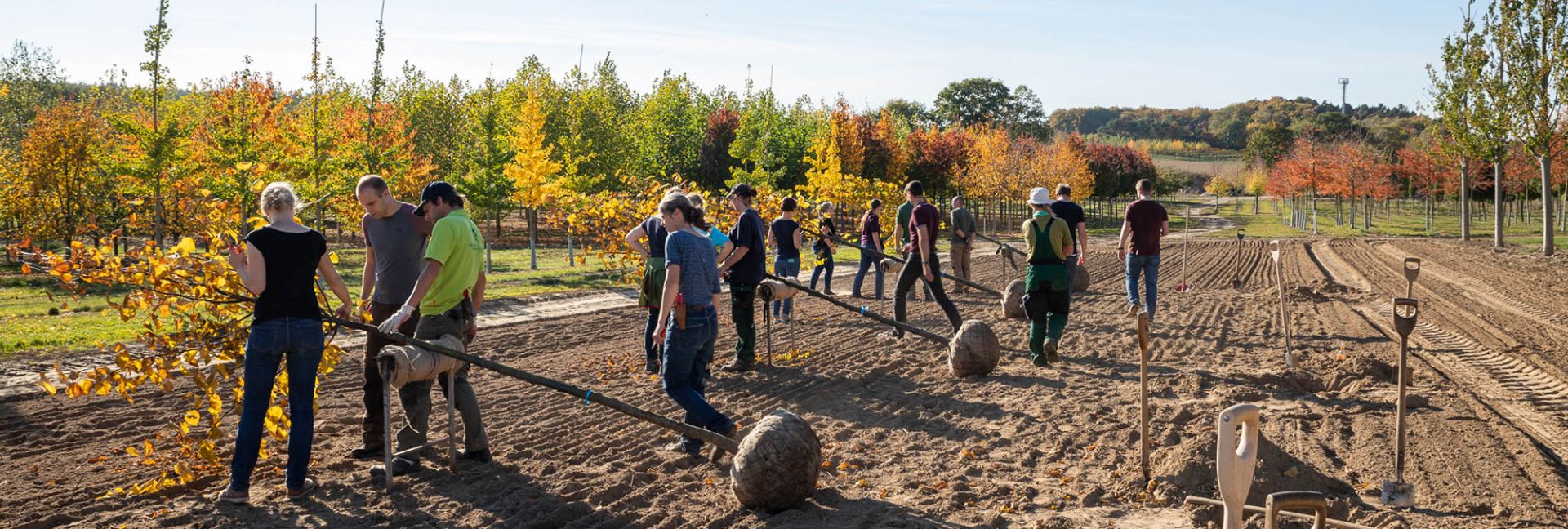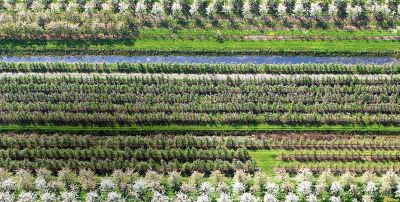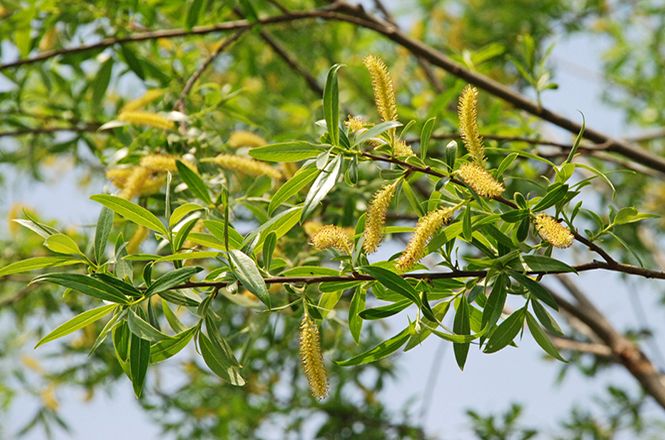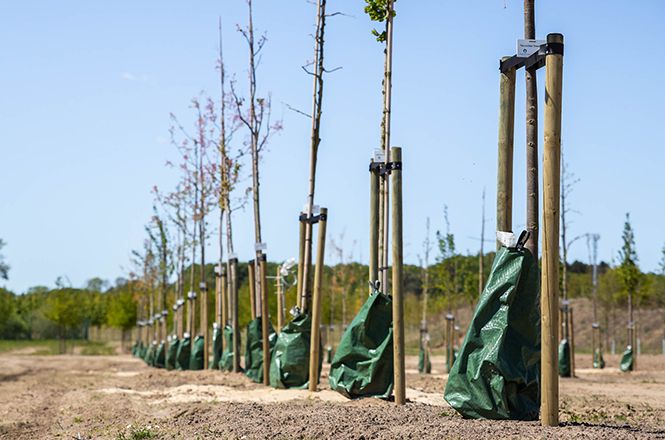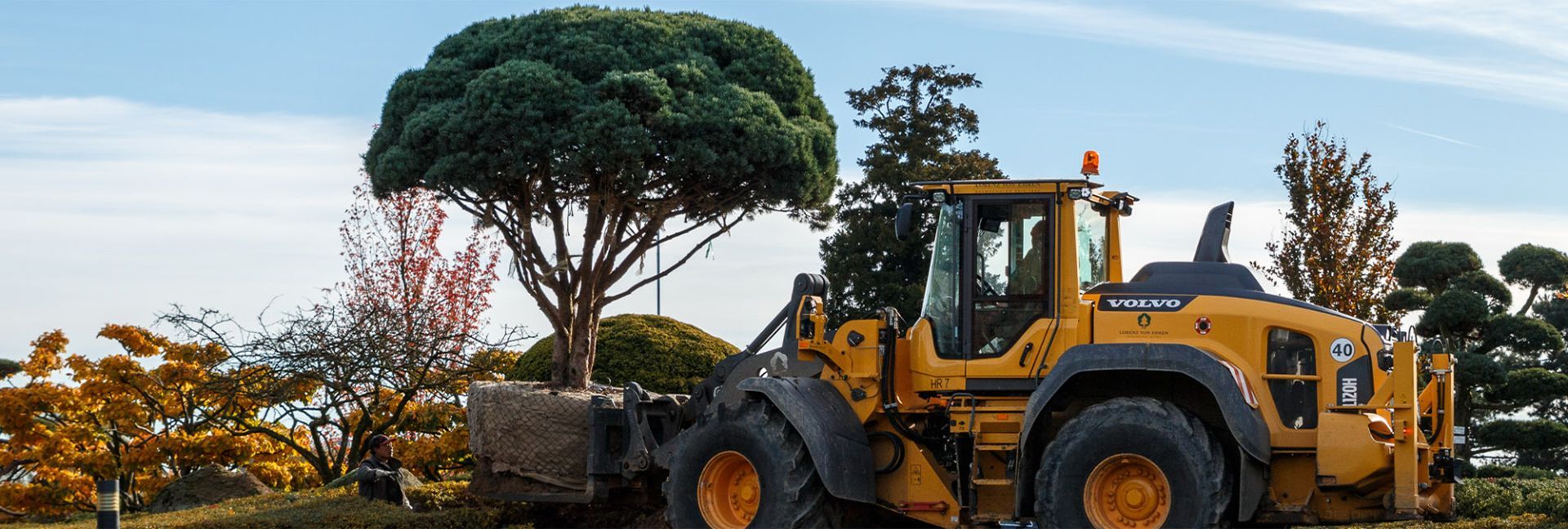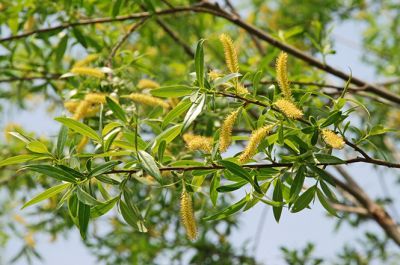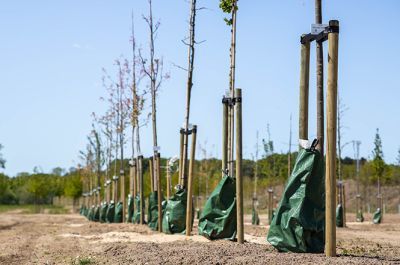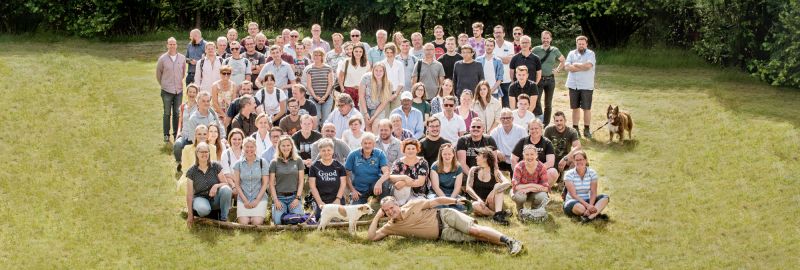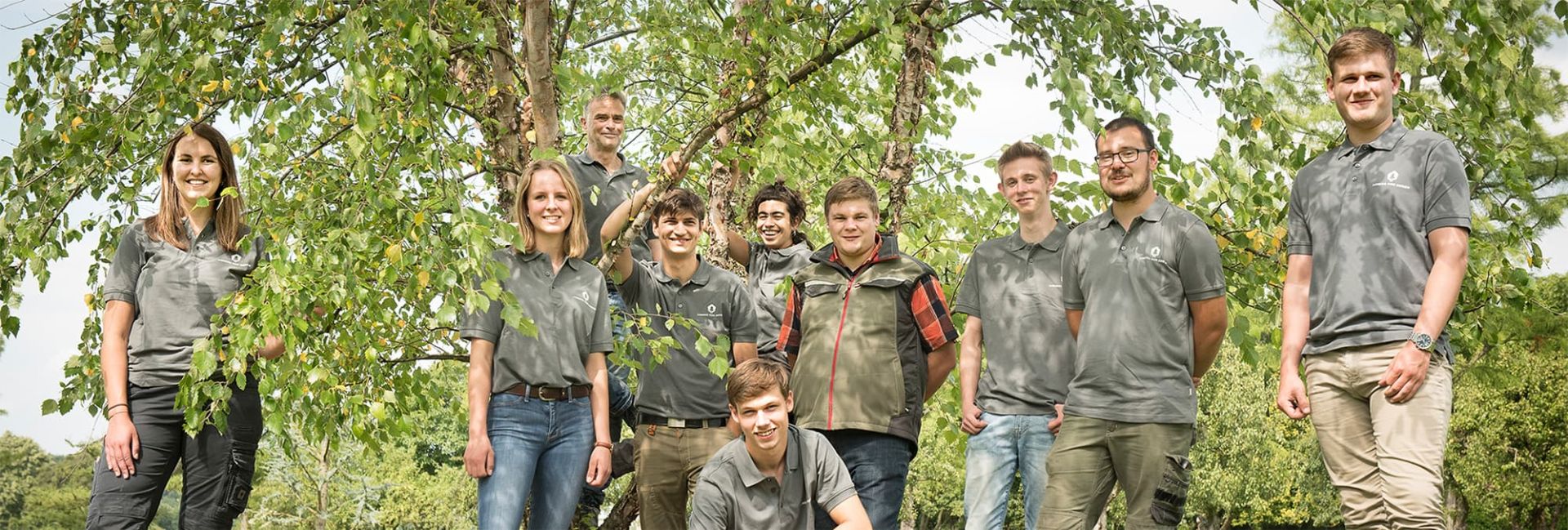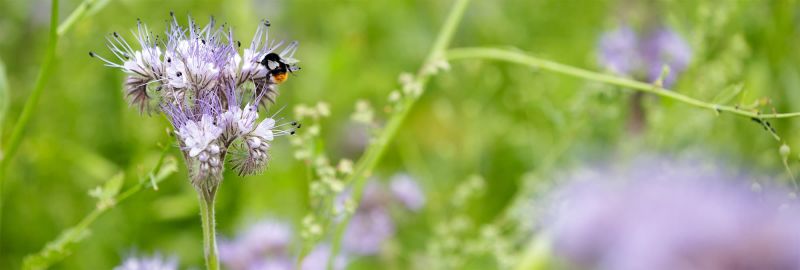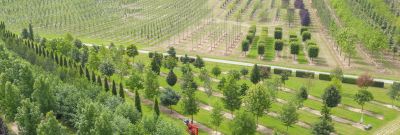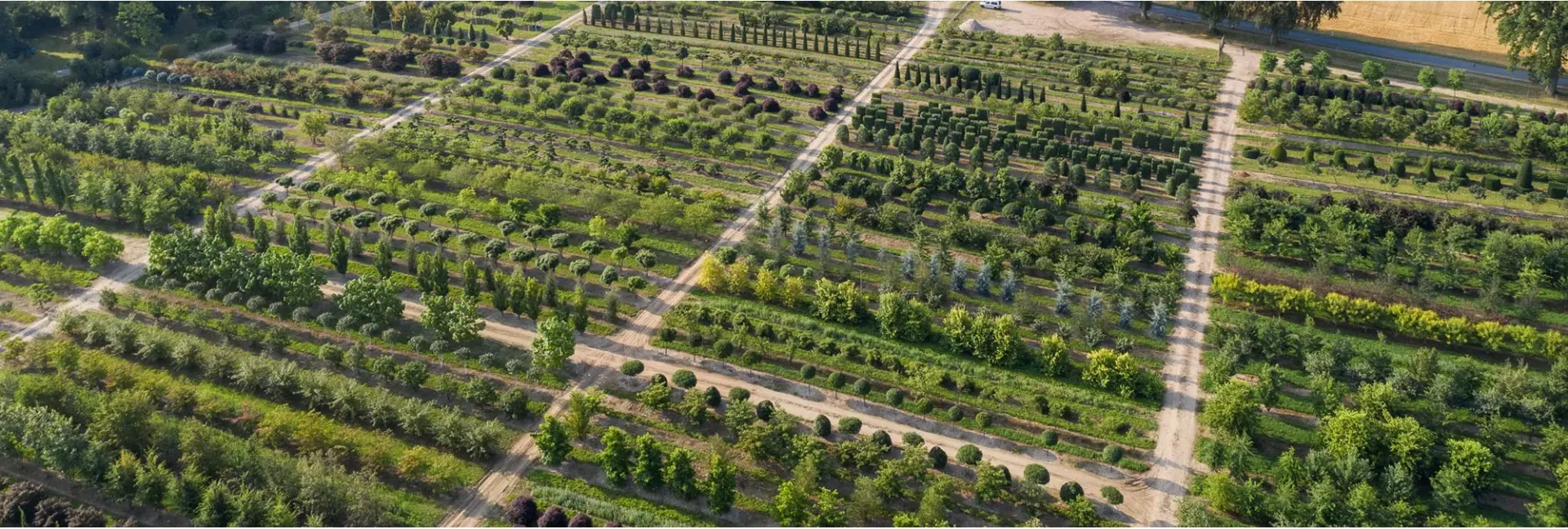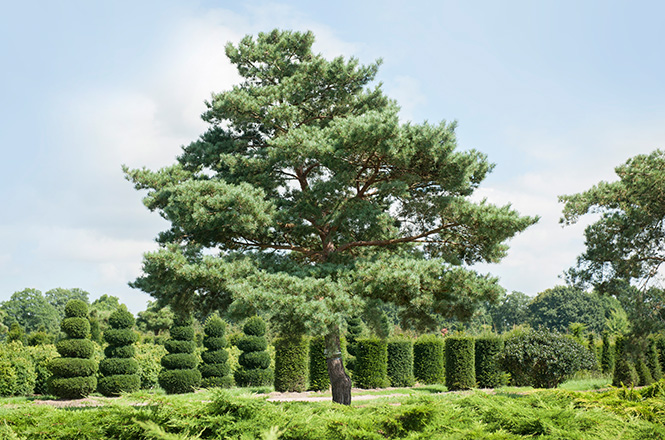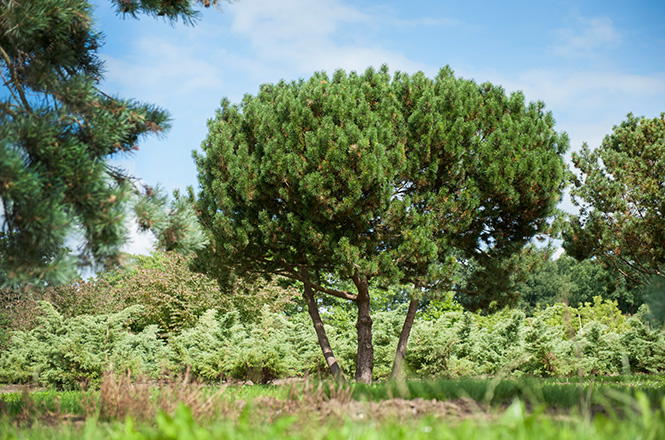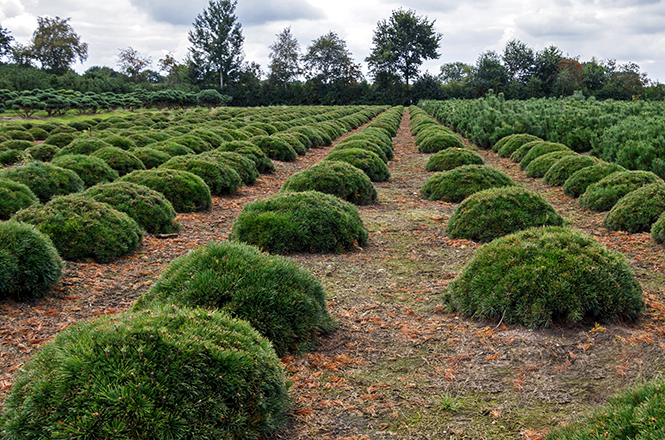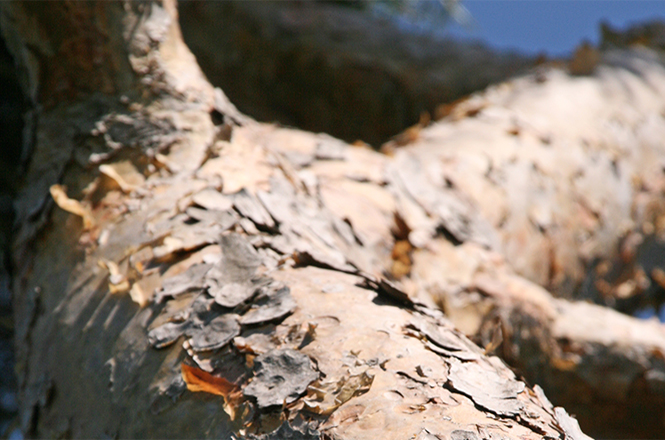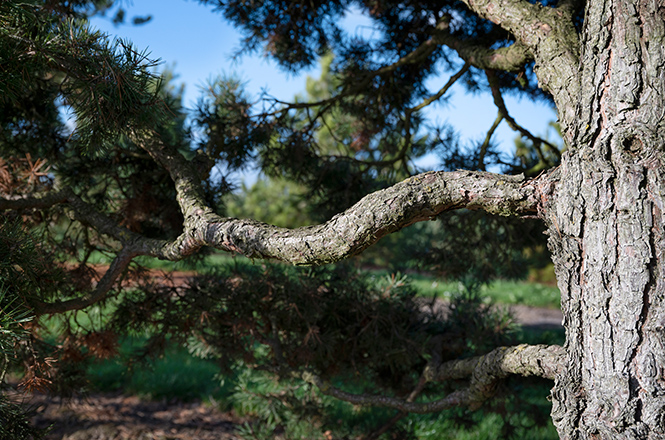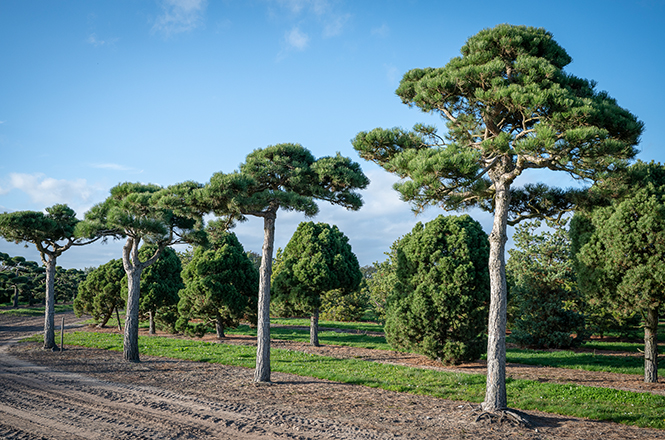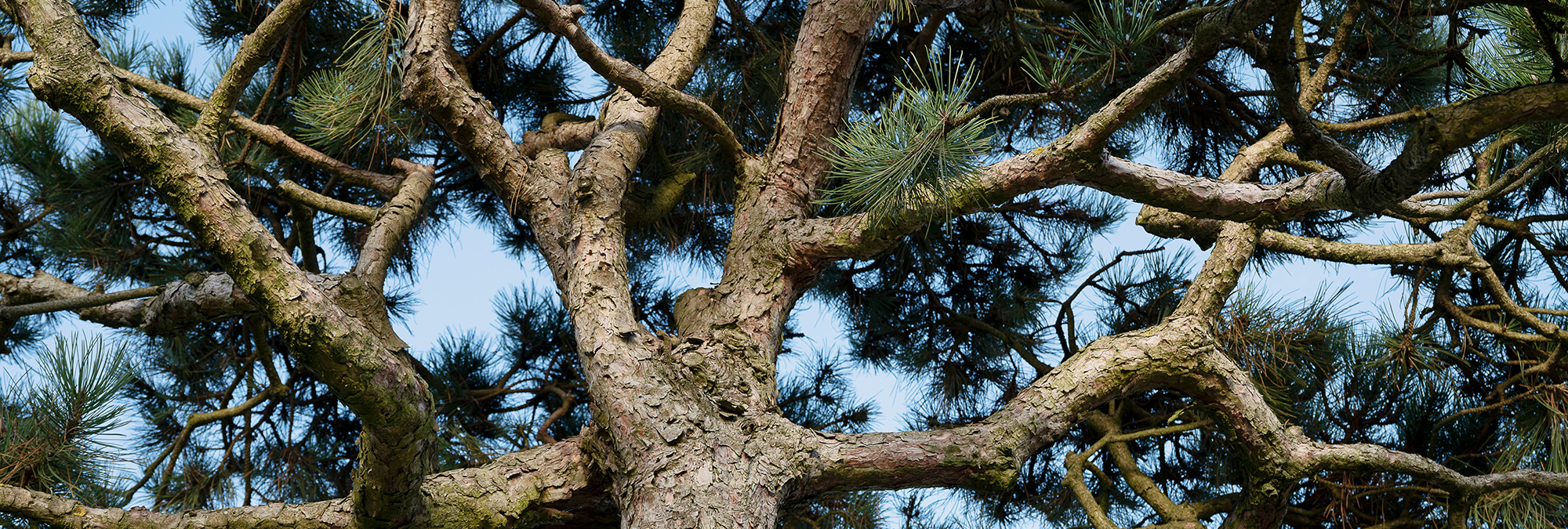
Pines - varied and individual!
Large, small, creeping
The approximately 100 species of the genus Pinus can be found almost everywhere in the northern hemisphere. The main distribution area stretches from Lapland in the north to the northwest of Spain and Turkey. The pine can also be found at higher altitudes in Western Europe. Its growth forms are correspondingly diverse, from 40-metre-high trees to dwarf forms lying flat on the ground.
In our nursery quarters you will find specimens of Pinus nigra austriaca up to ten metres high, Pinus mugo pumilio lying on the ground or the Pinus banksiana with its strong character.
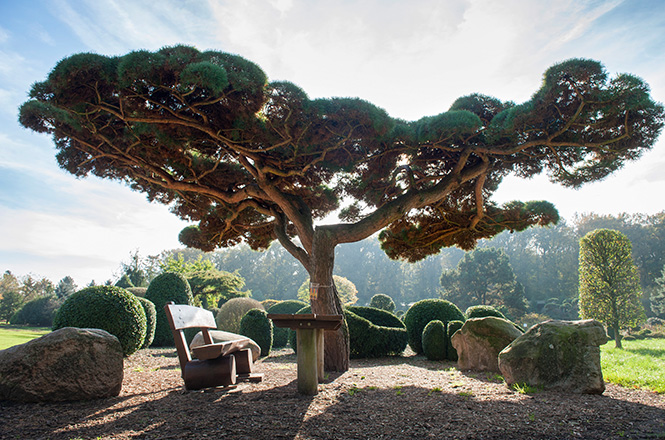
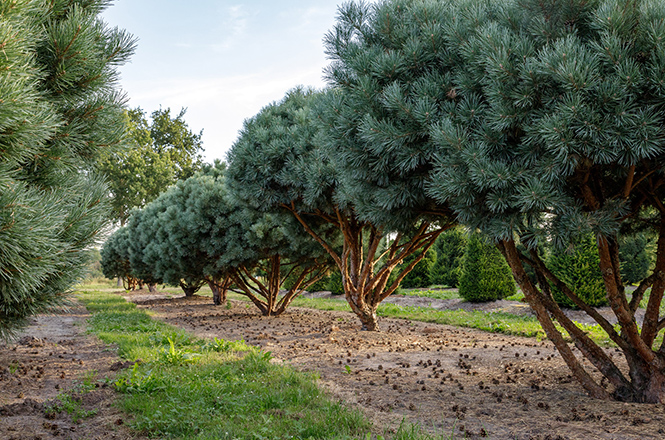
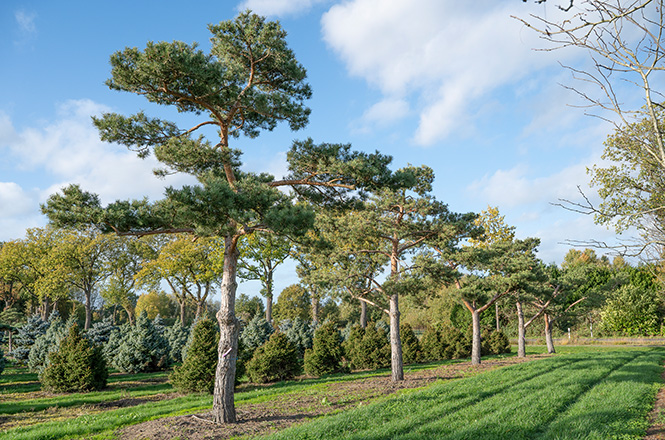

“Pines are best underplanted because they only shade the soil with light and form deep roots.”
Malte Heinrichsdorff, Plant Manager Bad Zwischenahn, Lorenz von Ehren Nursery
Our unique specimens
You will find particularly beautiful specimens among our unique specimens, because pines are wonderfully individual: sometimes slender, sometimes broadly spreading, sometimes with coloured bark or needles.
Some particularly attractive varieties from the huge range of pines: Pinus sylvestris 'Norske Typ', an interesting selection of the native Scots pine, captivates with its intense blue-green needle colour and reddish-brown bark. Unlike the species, it only grows 10-15 m tall and develops a picturesque, loosened crown. Pinus banksiana (Banks pine) also develops into a medium-sized tree with a growth height of 12-15 m and an irregular, loose, flattened crown when old. Its needles are somewhat twisted and fresh green in colour.
You are also welcome to take a look at our unique specimens:
Did you know?
All pines have minimal demands on soil and climatic conditions. This makes them almost predestined for poor sandy soils or extreme climatic site conditions. However, the soil must not be wet. They do not mind strong winds, as they are well anchored in the soil with their deep taproots and numerous secondary roots.
Please have a look at our genus page Pinus>.
Take a look at the conifers from the Lorenz von Ehren nursery!
FAQ - Frequently asked questions
How old does a pine become?
A pine can live for 800-1000 years, although depending on the species and location, there are also specimens with a significantly longer lifespan (see Pinus longaeva).
How tall does a pine grow?
This cannot be generalised. Pines can grow up to 30 metres high or stretch flat on the ground, depending on the species and variety.
Are pines suitable as urban trees?
Basically, pines cope well with drought and adverse sites. The question often arises as to whether they are desirable as conifers in the urban landscape.
Can pines be pruned?
Very well in fact, the most beautiful bonsai are cut from pines; for example our Pinus parviflora Unique >.

